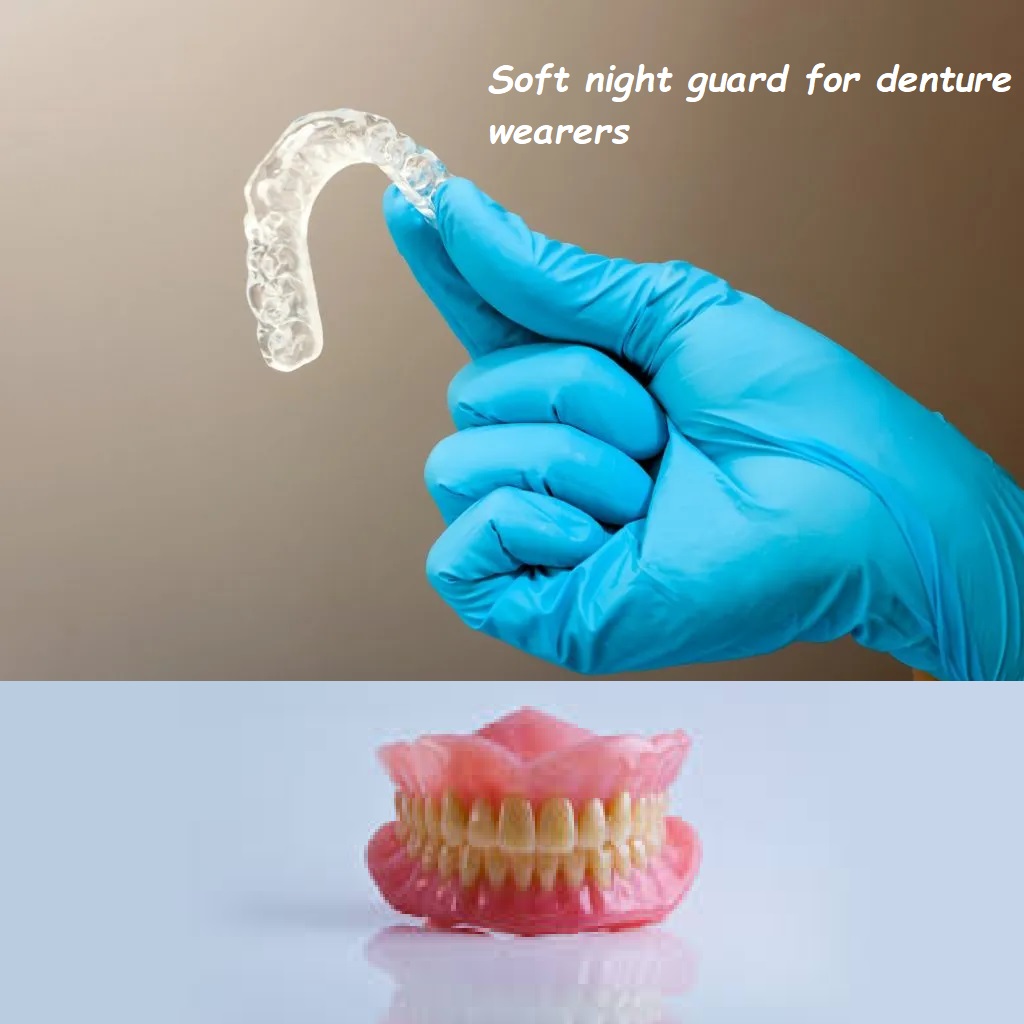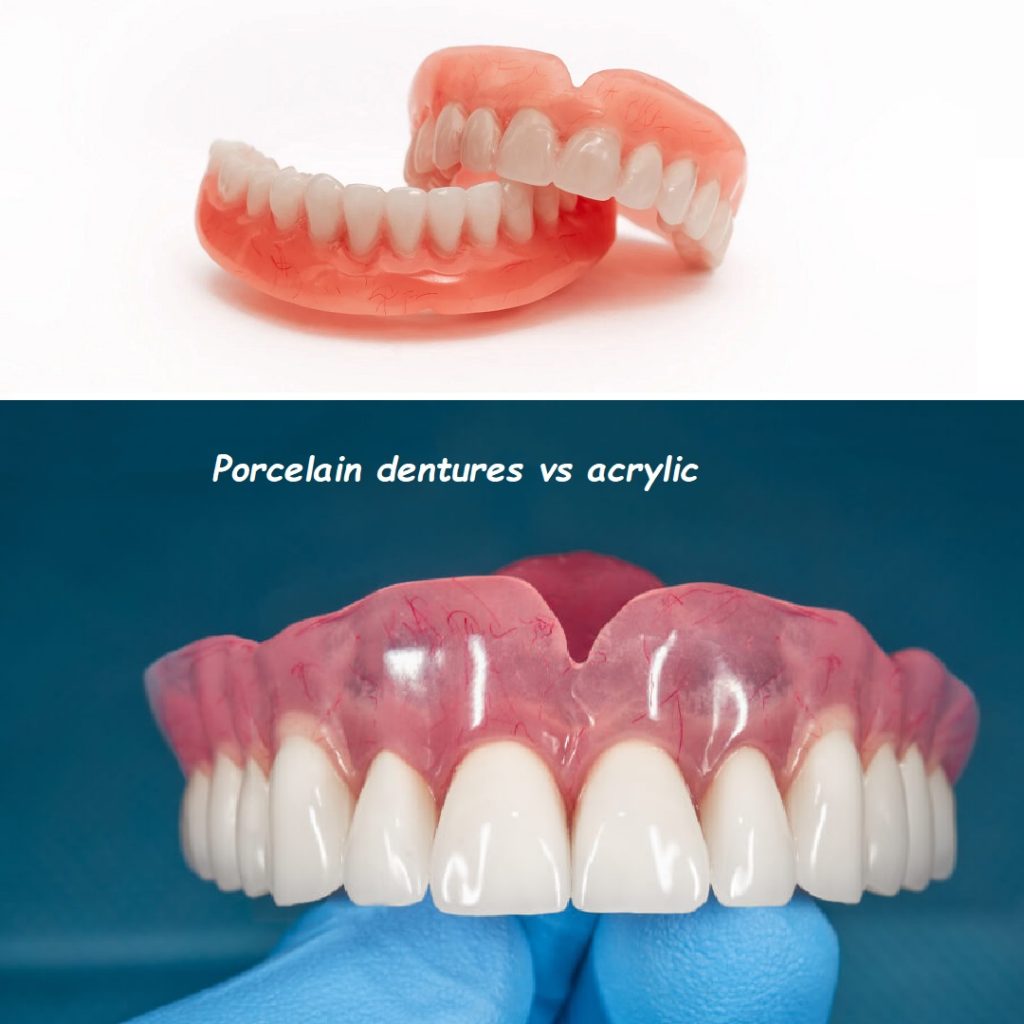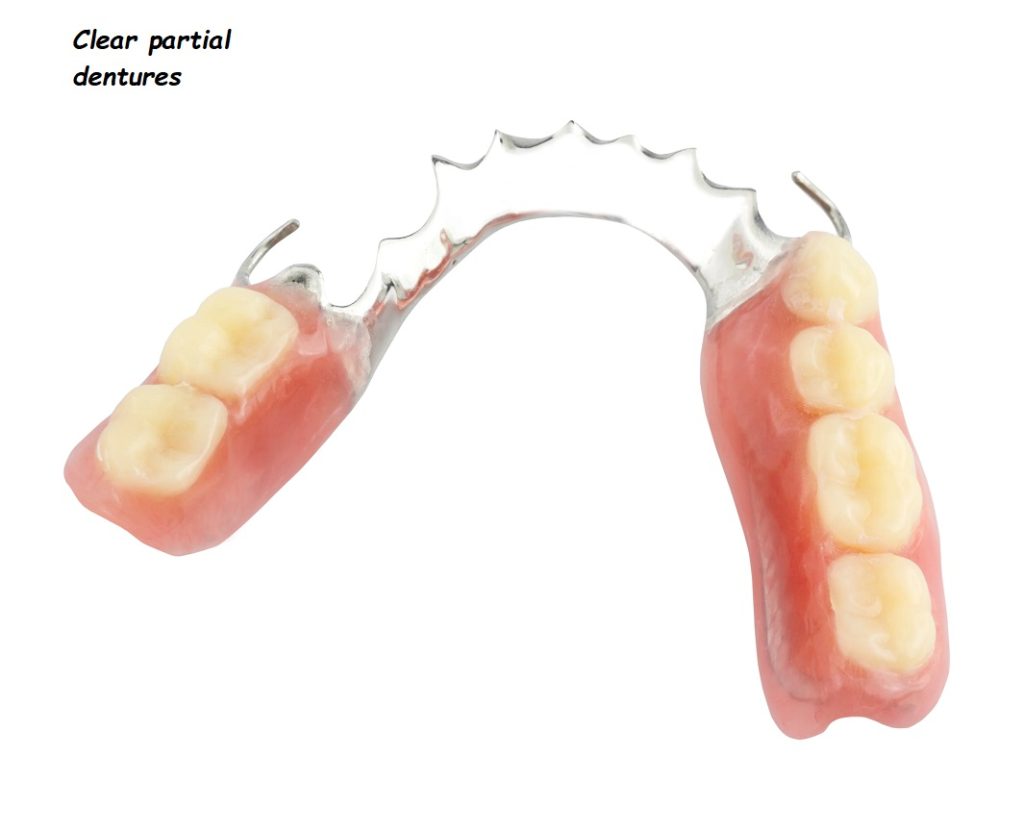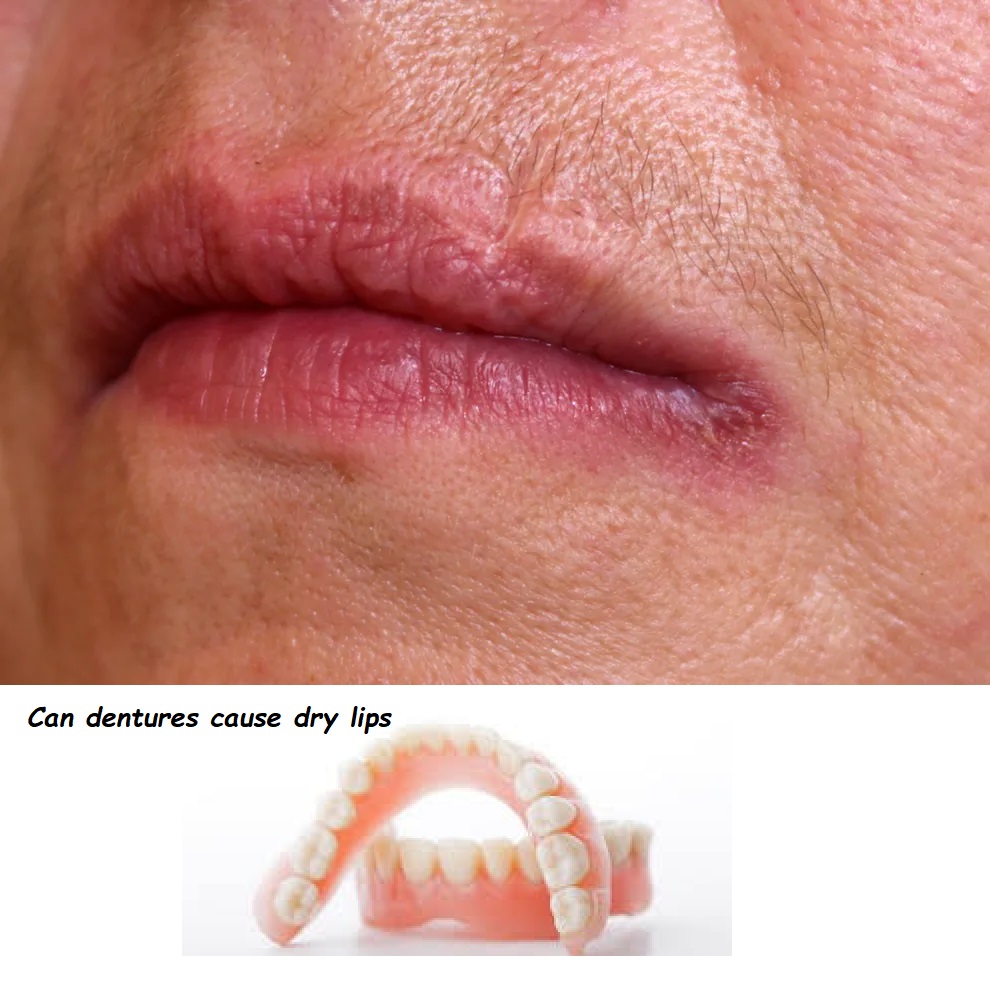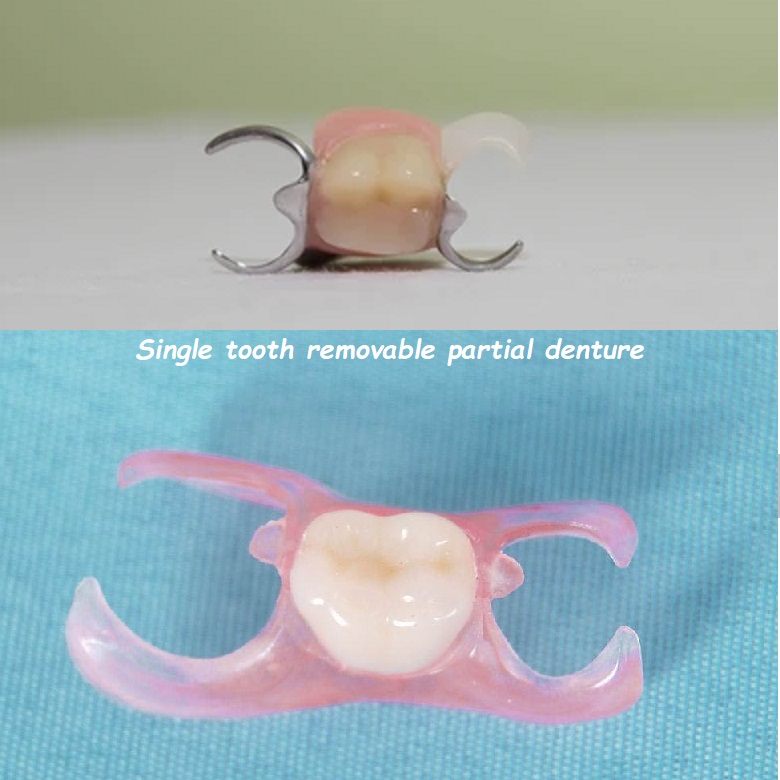cantilever bridge teeth

Dental restorations are crucial in maintaining oral health and restoring the functionality and aesthetics of missing teeth. Among various dental bridge options, cantilever bridges offer a unique solution, especially in cases where conventional bridges may not be suitable. This comprehensive guide delves into the details of cantilever bridges, their applications, benefits, procedures, and care, providing you with all the necessary information to make an informed decision about this dental restoration option.
What is a Cantilever Bridge?
A cantilever bridge is a type of dental bridge used to replace one or more missing teeth. Unlike traditional bridges that are supported by crowns on both sides of the gap, a cantilever bridge is anchored to a single adjacent tooth. This design makes it a viable option in specific situations where a conventional bridge may not be feasible.
Structure of a Cantilever Bridge
A cantilever bridge typically consists of:
- Pontic: The artificial tooth (or teeth) that fills the gap left by the missing tooth.
- Abutment: The natural tooth to which the bridge is anchored.
- Crown: The restoration placed over the abutment tooth to support the pontic.
The cantilever bridge relies on the strength and stability of the abutment tooth to hold the pontic in place, providing a seamless and functional replacement for the missing tooth.
Applications of Cantilever Bridges
Cantilever bridges are particularly useful in specific dental situations, including:
Single Missing Tooth Replacement
Cantilever bridges are often used to replace a single missing tooth, especially in cases where the missing tooth is located at the end of the dental arch. This situation typically precludes using a traditional bridge, which requires two abutment teeth.
Teeth with Limited Support
In cases where adjacent teeth are not strong enough to support a traditional bridge, a cantilever bridge can be an effective alternative. The bridge relies on a single, well-supported abutment tooth, reducing the need for multiple strong adjacent teeth.
Minimal Tooth Preparation
Cantilever bridges require less tooth preparation compared to traditional bridges. This is particularly beneficial for patients with healthy, strong adjacent teeth that they do not want to alter significantly.
Benefits of Cantilever Bridges
Cantilever bridges offer several advantages, making them a popular choice for certain dental restorations:
1. Preserves Adjacent Teeth
Since cantilever bridges require only one abutment tooth, they minimize the need for extensive preparation and crowning of multiple teeth. This preservation is beneficial for maintaining the health and integrity of adjacent teeth.
2. Aesthetic Appeal
Cantilever bridges are designed to blend seamlessly with natural teeth, restoring the appearance of your smile. Modern materials, such as porcelain and ceramic, provide a natural look that closely mimics the color and texture of natural teeth.
3. Restores Functionality
By filling the gap left by a missing tooth, cantilever bridges restore the functionality of your bite, improving your ability to chew and speak effectively. This restoration also helps prevent shifting of adjacent teeth and maintains proper dental alignment.
4. Quick and Effective Solution
Cantilever bridges can be completed relatively quickly compared to other dental restoration options. The procedure typically requires only a few dental visits, making it a convenient option for patients seeking prompt results.
Procedure for Getting a Cantilever Bridge
The process of getting a cantilever bridge involves several steps, including an initial consultation, tooth preparation, impressions, and final placement. Here is a detailed overview of the procedure:
Initial Consultation
During the initial consultation, your dentist will thoroughly examine your oral health, including X-rays and possibly a CT scan, to assess the condition of your teeth and jawbone. This assessment helps determine if a cantilever bridge is suitable for your situation.
Tooth Preparation
If the abutment tooth requires preparation, your dentist will shape it to accommodate the crown supporting the bridge. This process involves removing a small amount of enamel from the abutment tooth to ensure a proper fit for the crown.
Impressions
Once the abutment tooth is prepared, your dentist will take impressions of your teeth. These impressions serve as a model for creating the custom cantilever bridge, ensuring a precise fit and natural appearance.
Temporary Bridge
While your permanent cantilever bridge is being fabricated, your dentist may place a temporary bridge to protect the prepared abutment tooth and maintain the missing tooth’s space. The temporary bridge allows you to continue eating and speaking normally until the final restoration is ready.
Final Placement
Once the permanent cantilever bridge is ready, your dentist will remove the temporary bridge and thoroughly clean the area. The permanent bridge is then carefully fitted and bonded to the abutment tooth using dental cement. Your dentist will make any necessary adjustments to ensure a comfortable fit and proper bite alignment.
Follow-Up
After placing the cantilever bridge, your dentist will schedule follow-up visits to monitor the restoration and ensure it functions correctly. These visits are crucial for maintaining the bridge’s longevity and effectiveness.
Caring for a Cantilever Bridge
Proper care and maintenance are essential to ensure the longevity and functionality of your cantilever bridge. Here are some key tips for caring for your bridge:
Maintain Good Oral Hygiene
Brush your teeth at least twice daily and floss daily to remove plaque and food particles from around the bridge and abutment tooth. Use a non-abrasive fluoride toothpaste to protect the enamel.
Use Special Cleaning Aids
Consider using special cleaning aids, such as interdental brushes or water flossers, to clean hard-to-reach areas around the bridge. These tools can help remove plaque and debris more effectively than traditional brushing and flossing alone.
Avoid Hard and Sticky Foods
Avoid chewing on hard or sticky foods, such as ice, hard candies, and chewing gum, as these can damage the bridge or dislodge it from the abutment tooth. Opt for softer foods that are less likely to cause damage.
Regular Dental Checkups
Schedule regular dental checkups and professional cleanings to ensure your bridge and abutment tooth remains in good condition. Your dentist can detect potential issues early and provide appropriate treatment to prevent complications.
Address Any Issues Promptly
Contact your dentist immediately if you experience any discomfort, sensitivity, or damage to your cantilever bridge. Prompt attention to any issues can prevent further complications and extend the life of your bridge.
Potential Complications and Risks
While cantilever bridges are generally safe and effective, they are not without potential complications and risks. Being aware of these can help you make an informed decision and seek timely treatment if needed:
Abutment Tooth Stress
Since the cantilever bridge relies on a single abutment tooth for support, this tooth can experience increased stress and pressure. Over time, this can lead to wear, damage, or even failure of the abutment tooth.
Risk of Dislodgement
Due to their reliance on a single anchor point, cantilever bridges may be more prone to dislodgement than traditional bridges. Proper care and avoiding excessive force on the bridge can help minimize this risk.
Potential for Decay and Gum Disease
The area around the abutment tooth and bridge can be more susceptible to plaque buildup, increasing the risk of decay and gum disease. Maintaining good oral hygiene is crucial to prevent these issues.
Aesthetic Concerns
In some cases, the aesthetic result of a cantilever bridge may not be as natural-looking as other dental restorations. Your dentist will work to ensure the best possible appearance, but individual results may vary.
Alternatives to Cantilever Bridges
While cantilever bridges are a viable option for many patients, there are alternative dental restorations to consider:
Traditional Dental Bridges
Traditional dental bridges use crowns on both sides of the gap to support the pontic. This option is suitable when healthy adjacent teeth are on both sides of the missing tooth.
Maryland Bridges
Maryland bridges, also known as resin-bonded bridges, use a metal or porcelain framework bonded to the back of adjacent teeth. This option requires minimal tooth preparation and is suitable for front teeth.
Dental Implants
Dental implants are a popular alternative for replacing missing teeth. An implant involves surgically placing a titanium post into the jawbone, which serves as an anchor for a crown. Implants provide a permanent and stable solution for missing teeth.
Removable Partial Dentures
Removable partial dentures are an option for patients with multiple missing teeth. These appliances are custom-made to fit your mouth and can be removed for cleaning.
Conclusion
Cantilever bridges offer a valuable solution for replacing missing teeth, particularly in situations where traditional bridges may not be suitable. Understanding the structure, benefits, procedure, and care of cantilever bridges can help you decide on your dental restoration options. By maintaining good oral hygiene and seeking regular dental care, you can ensure the longevity and functionality of your cantilever bridge, restoring your smile’s appearance and functionality. If you are considering a cantilever bridge, consult with your dentist to determine if it is the right option for your specific dental needs.
What is a Cantilever Tooth Bridge?
A cantilever tooth bridge is a dental prosthetic used to replace a missing tooth. Unlike traditional bridges anchored by crowns on both sides of the missing tooth, a cantilever bridge is supported by a single adjacent tooth. This design makes it suitable for situations with only one natural tooth next to the gap, such as at the end of a dental arch.
Key Features:
Single Support: A cantilever bridge is anchored to one adjacent tooth rather than secured between two teeth.
Material: It can be made from various materials, including porcelain, ceramic, or a combination fused to metal.
Procedure: The supporting tooth (abutment) is prepared by removing a portion of its enamel to accommodate the crown. The bridge, consisting of the crown and the pontic (artificial tooth), is then cemented.
How Long Does a Cantilever Dental Bridge Last?
The longevity of a cantilever dental bridge can vary based on several factors, including the patient’s oral hygiene, the material used, and the dentist’s skill. On average, a well-maintained cantilever bridge lasts 5 to 15 years.
Factors Influencing Longevity:
Oral Hygiene: Good oral hygiene practices, such as regular brushing, flossing, and dental check-ups, are crucial for maintaining the bridge.
Diet: Avoiding hard or sticky foods that can stress the bridge will help extend its lifespan.
Material Quality: Higher quality materials are more durable and resistant to wear and tear.
Proper Fit: A well-fitted bridge reduces the risk of complications and enhances durability.
Why is a Cantilever Bridge Not Recommended?
While cantilever bridges can be useful in certain scenarios, they are not always recommended due to several limitations and potential complications:
Increased Stress: Since the bridge is supported by only one tooth, it places additional stress on that tooth, which can lead to damage or loosening over time.
Risk of Fracture: The lack of dual support makes cantilever bridges more prone to fracturing under pressure, especially if the pontic is subjected to excessive force.
Gum and Bone Issues: The uneven distribution of forces can lead to gum recession and bone loss around the supporting tooth.
Limited Placement: Cantilever bridges are typically not recommended for areas that endure significant biting forces, such as the molar region, due to the high risk of complications.
What is a Cantilever in a Bridge?
In engineering terms, a cantilever refers to a structure supported only at one end while the other extends freely into space. This concept is applied in both civil engineering and dentistry:
Civil Engineering: A cantilever bridge is one where the bridge deck (roadway) extends outwards from piers or supports without additional bracing at the free end. This allows for spanning longer distances and creating architectural features.
Dentistry: In dental prosthetics, a cantilever refers to a bridge anchored to only one abutment tooth, with the pontic extending unsupported on the opposite side. The design leverages the cantilever concept by distributing the load through a single support point.
Application in Dentistry:
Support Mechanics: The support tooth bears the load of the pontic, which can be effective in specific situations but also presents challenges in stress distribution.
Design Considerations: The cantilever design is carefully chosen based on the mouth’s location, the abutment tooth’s health, and the expected forces the bridge will need to withstand.
In summary, while cantilever bridges offer a solution for replacing missing teeth when only one adjacent tooth is available for support, they come with potential drawbacks that must be carefully considered by dental professionals and patients alike. Proper maintenance and regular dental visits are essential to ensure the longevity and success of a cantilever bridge.


